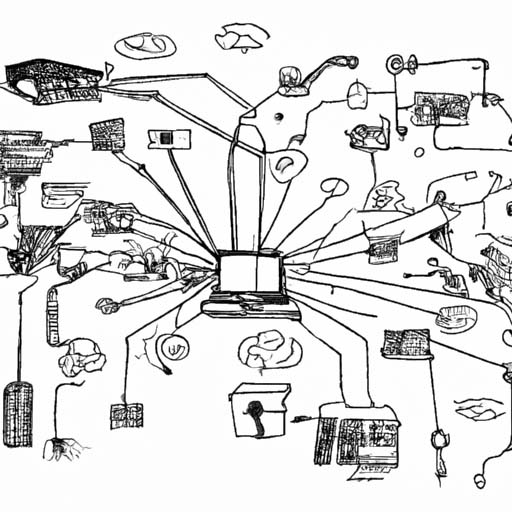
The Science Behind Automation – Where Technology Meets Research
Dive into the symbiotic relationship between science and technology automation. Understand how one cannot exist without the other in the modern world.
The Rise of Automation
In today’s fast-paced digital age, automation has become an integral part of our lives. From smart homes and self-driving cars to automated manufacturing processes, technology has revolutionized the way we live and work. But have you ever wondered about the science behind automation? How does it all work? Let’s delve deeper into this fascinating topic.
Understanding Science and Technology Automation
Science and technology automation go hand in hand. Science provides the knowledge and understanding of natural phenomena, while technology utilizes this knowledge to develop automated systems and processes. Automation, in simple terms, refers to the use of technology to perform tasks with little or no human intervention. From robots on assembly lines to algorithms that can analyze big data, automation is everywhere.
The Role of Research in Automation
Research is the backbone of automation. It involves the systematic investigation and experimentation to develop new technologies and improve existing ones. Through research, scientists and engineers gain insights into the workings of various processes and develop innovative ways to automate them. It is through continuous research that our understanding of automation continues to expand, leading to breakthroughs in various fields.
The Importance of Automation in Today’s World
Automation plays a crucial role in enhancing efficiency, productivity, and accuracy in various industries. It reduces the margin of error, increases precision, and enables us to tackle complex tasks with ease. Automation has transformed industries such as manufacturing, healthcare, transportation, and finance, making processes faster, safer, and more reliable. In addition, automation frees up human resources to focus on more complex and creative aspects of their work, driving innovation further.
Automation and Artificial Intelligence
Artificial intelligence (AI) is a key component of automation. It involves the development of intelligent machines that can learn, reason, and make decisions like humans. AI-powered automation systems can analyze vast amounts of data, detect patterns, and make predictions, enabling businesses to make informed decisions and optimize their operations. AI has the potential to revolutionize industries, from healthcare and finance to customer service and transportation.
The Future of Automation
With advancements in technology and research, the future of automation looks promising. As robotics, AI, and machine learning continue to evolve, we can expect automation to become even more sophisticated and widespread. From self-driving cars to fully automated smart cities, the possibilities are endless. However, it is important to strike a balance between automation and human involvement to ensure ethical and responsible use of this powerful technology.
In conclusion, the science behind automation is a fascinating field that combines scientific knowledge and technological advancements to revolutionize the way we live and work. As technology continues to evolve, so does automation. Understanding the symbiotic relationship between science and technology is crucial for embracing and harnessing the power of automation for a better and more efficient future.